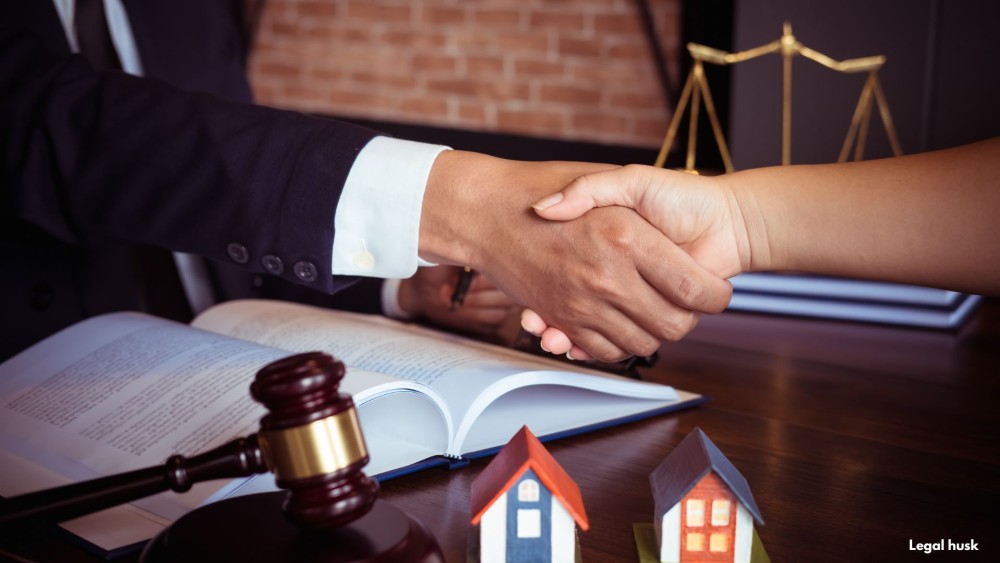Get Your Legal Documents Now!
Whether you are dealing with a complex family matter, facing criminal charges, or navigating the intricacies of business law, our mission is to provide you with comprehensive, compassionate, and expert legal guidance.

Crossclaims are only as strong as the evidence behind them. Learn how to build yours on solid ground with the right documentation, testimony, and legal proof.
In civil litigation, crossclaims allow one party to assert legal claims against a co-party in the same lawsuit—often in defense or redistribution of liability. But a crossclaim without evidence is just an allegation. What turns it into a credible, court-worthy claim is clear, admissible, and well-organized evidence.
This guide breaks down the types of evidence you’ll need, how to gather and present it, and what pitfalls to avoid when building your crossclaim.
In a crossclaim, evidence is your leverage. It does more than tell your side of the story—it:
Supports your allegations with provable facts
Meets the legal burden of proof for your claims
Refutes liability or shifts blame to the responsible co-party
Withstands dismissal motions and strengthens negotiations
If your crossclaim lacks solid evidentiary support, the court may strike it early—and your strategic advantage disappears.
The same categories of evidence used in civil complaints apply to crossclaims:
Documentary Evidence: Contracts, emails, invoices, memos, written statements
Testimonial Evidence: Witness statements, depositions, affidavits
Physical Evidence: Damaged property, defective products, photographs
Electronic Evidence: Social media posts, texts, metadata, call logs
Expert Testimony: Industry professionals, forensic accountants, engineers, etc.
Tip: Make sure each piece of evidence ties directly to your legal theory—don’t overload your claim with irrelevant documentation.
Start early and stay strategic. Effective evidence-gathering includes:
Reviewing the Original Complaint: Understand the claims and allegations at play
Conducting Discovery: Request documents, depose witnesses, serve interrogatories
Identifying Witnesses: Find those who can support your version of events
Documenting Communications: Preserve texts, emails, and notes of relevant conversations
Organizing a Case File: Create a system for labeling, indexing, and storing evidence
Being proactive here sets the tone for every phase of your litigation strategy.
Not all evidence makes it into court. To be admitted, it must meet legal standards:
Relevance: Must directly relate to the crossclaim
Authenticity: Must be provable and verifiable
No Hearsay (Generally): Avoid statements made outside of court unless they qualify for a hearsay exception
Credible Witnesses: Witnesses must have firsthand knowledge or qualify as experts
Chain of Custody (for Physical Evidence): Show exactly how evidence has been stored and handled
Work with your legal team to vet each piece before it’s used in pleadings or hearings.
Once admissible, evidence must be presented clearly and strategically:
Reference Evidence in Your Pleading: Cite specific documents or facts to support your claims
Attach Exhibits: Include labeled and formatted attachments that bolster your factual allegations
Tell a Logical Story: Your evidence should create a timeline or sequence of events that supports your legal theory
Prepare for Objections: Anticipate challenges to admissibility or relevance and be ready to defend your use of evidence
If your crossclaim proceeds to trial, how you present evidence could make or break your argument.
Even strong crossclaims hit snags when evidence isn’t properly handled. Common issues include:
Insufficient Documentation: Not enough detail to support the claim
Inadmissible Material: Evidence fails legal standards or gets thrown out
Contested Witnesses: Other parties may challenge credibility or bias
Failure to Link Evidence to Legal Theory: Courts need more than facts—they need facts that prove the claim
Solve this with rigorous prep, clear legal logic, and attention to detail.
Start early: Begin gathering and preserving evidence as soon as you anticipate a crossclaim.
Stay organized: Maintain a master evidence file with indexed references.
Know the rules: Follow the Federal Rules of Evidence and local court procedures.
Consult experts: For complex or technical claims, bring in professional analysis.
Anticipate counterarguments: Evaluate your evidence as if you’re the opposing party—then strengthen any weak spots.
Without evidence, a crossclaim is just an unsubstantiated grievance. With it, you gain clarity, leverage, and legitimacy. Whether you’re seeking indemnity, apportioning fault, or defending against accusations, the right evidence presented the right way will set your crossclaim up for success.
At Legal Husk, we specialize in strategic crossclaims supported by airtight evidence. From eDiscovery to expert witness prep, our team ensures your claim is credible, compliant, and ready for trial.
📌 Need help gathering and organizing evidence for a crossclaim?
👉 Visit:
🔗 legalhusk.com
🔗 legalhusk.com/services
🔗 legalhusk.com/services/civil-litigation
🔗 legalhusk.com/about-us
Build your claim on facts. Win it with strategy. Legal Husk has your back.
📩
Ready for a court-ready crossclaim at a predictable price? Contact Legal Husk and let us draft your next crossclaim with precision and clarity.
Whether you are dealing with a complex family matter, facing criminal charges, or navigating the intricacies of business law, our mission is to provide you with comprehensive, compassionate, and expert legal guidance.
Comments